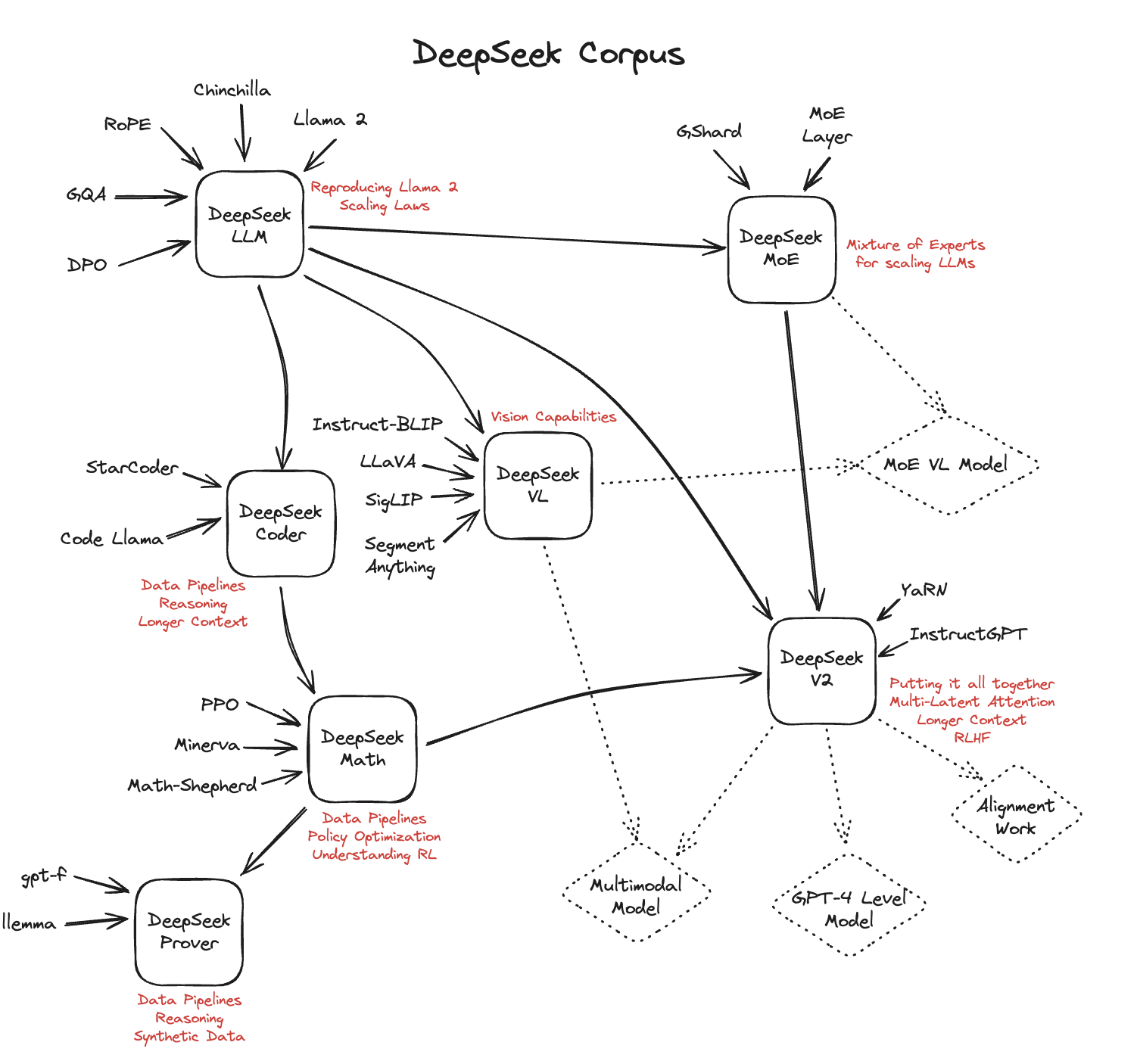
It's been a number of days given that DeepSeek, a Chinese expert system (AI) business, rocked the world and international markets, sending out American tech titans into a tizzy with its claim that it has actually built its chatbot at a tiny fraction of the expense and energy-draining data centres that are so popular in the US. Where companies are putting billions into going beyond to the next wave of expert system.
DeepSeek is everywhere today on social networks and is a burning topic of discussion in every power circle on the planet.
So, forum.altaycoins.com what do we understand now?

DeepSeek was a side job of a Chinese quant hedge fund firm called High-Flyer. Its cost is not just 100 times cheaper however 200 times! It is open-sourced in the real meaning of the term. Many American companies try to resolve this problem horizontally by building larger information centres. The Chinese firms are innovating vertically, using brand-new mathematical and engineering techniques.
DeepSeek has now gone viral and is topping the App Store charts, having vanquished the previously undeniable king-ChatGPT.
So how exactly did DeepSeek handle to do this?

Aside from less expensive training, not doing RLHF (Reinforcement Learning From Human Feedback, an artificial intelligence technique that uses human feedback to enhance), quantisation, and caching, where is the decrease coming from?
Is this since DeepSeek-R1, a general-purpose AI system, isn't quantised? Is it subsidised? Or is OpenAI/Anthropic simply charging excessive? There are a few standard architectural points intensified together for huge cost savings.
The MoE-Mixture of Experts, a machine learning strategy where numerous professional networks or students are used to separate a problem into homogenous parts.
MLA-Multi-Head Latent Attention, most likely DeepSeek's most important innovation, to make LLMs more efficient.
FP8-Floating-point-8-bit, an information format that can be utilized for training and reasoning in AI models.
Multi-fibre Termination Push-on ports.
Caching, a process that shops multiple copies of information or files in a short-lived storage location-or cache-so they can be accessed much faster.

Cheap electricity
Cheaper materials and expenses in general in China.
DeepSeek has actually also pointed out that it had priced earlier variations to make a little earnings. Anthropic and OpenAI were able to charge a premium given that they have the best-performing models. Their consumers are likewise mostly Western markets, koha-community.cz which are more affluent and can pay for pipewiki.org to pay more. It is also important to not undervalue China's goals. Chinese are known to sell items at exceptionally low rates in order to damage rivals. We have actually formerly seen them offering products at a loss for 3-5 years in industries such as solar power and electrical cars until they have the marketplace to themselves and can race ahead technically.
However, we can not pay for to discredit the reality that DeepSeek has actually been made at a less expensive rate while utilizing much less electrical energy. So, what did DeepSeek do that went so best?
It optimised smarter by proving that remarkable software can get rid of any hardware limitations. Its engineers ensured that they focused on low-level code optimisation to make memory usage efficient. These improvements ensured that performance was not hindered by chip constraints.
It trained just the important parts by utilizing a method called Auxiliary Loss Free Load Balancing, which made sure that only the most relevant parts of the design were active and updated. Conventional training of AI designs normally includes upgrading every part, including the parts that don't have much contribution. This results in a huge waste of resources. This led to a 95 per cent reduction in GPU usage as compared to other tech giant business such as Meta.

DeepSeek utilized an innovative technique called Low Rank Key Value (KV) Joint Compression to overcome the difficulty of inference when it comes to running AI designs, which is extremely memory extensive and extremely costly. The KV cache shops key-value sets that are necessary for attention systems, which use up a lot of memory. DeepSeek has actually discovered a solution to compressing these key-value sets, using much less memory storage.
And now we circle back to the most crucial element, DeepSeek's R1. With R1, DeepSeek essentially cracked one of the holy grails of AI, which is getting models to factor step-by-step without depending on mammoth supervised datasets. The DeepSeek-R1-Zero experiment showed the world something amazing. Using pure reinforcement finding out with thoroughly crafted reward functions, DeepSeek handled to get designs to establish sophisticated thinking capabilities entirely autonomously. This wasn't purely for repairing or analytical; instead, the model organically learnt to create long chains of idea, self-verify its work, and assign more computation issues to tougher problems.
Is this a technology fluke? Nope. In fact, DeepSeek might just be the primer in this story with news of a number of other Chinese AI designs appearing to provide Silicon Valley a jolt. Minimax and Qwen, shiapedia.1god.org both backed by Alibaba and Tencent, are some of the high-profile names that are promising huge modifications in the AI world. The word on the street is: America built and keeps structure larger and larger air balloons while China simply built an aeroplane!
The author is an independent reporter and functions author based out of Delhi. Her primary areas of focus are politics, social issues, climate change and lifestyle-related topics. Views expressed in the above piece are personal and exclusively those of the author. They do not always reflect Firstpost's views.








